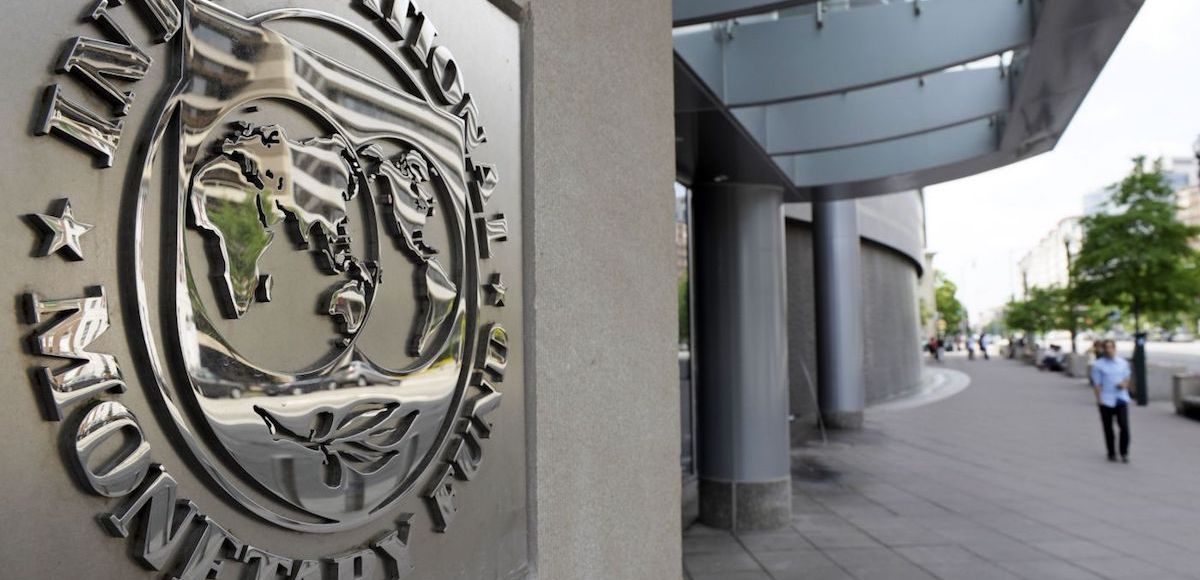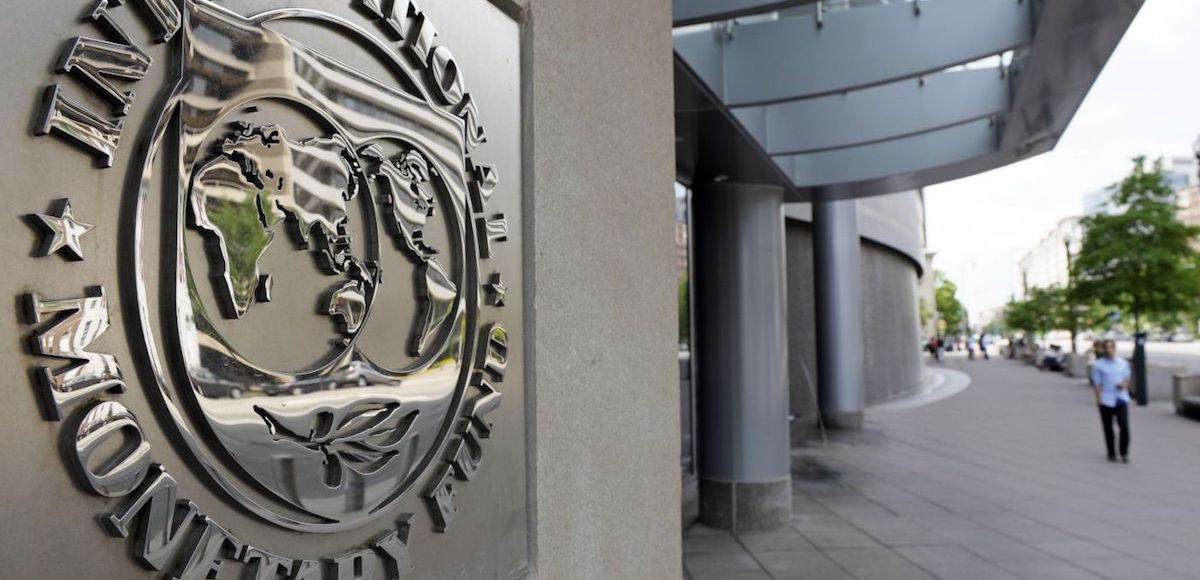

Pedestrians walk past the International Monetary Fund (IMF) headquarters’ complex in Washington Sunday, May 2, 2010. (Photo: AP)
I’m not a fan of international bureaucracies, but they’re not universally bad. Yes, we almost always get a bad policy agenda from the left-leaning political appointees who run these organizations.
But it’s also true that the professional economists at these bureaucracies oftentimes produce solid research. A good example is the new study of the American fiscal system by three economists at the International Monetary Fund (IMF).
They start with an observation that should be uncontroversial, but is nonetheless surprising given the tendency of the IMF’s leadership to advocate more taxes.
The consensus is that reducing distortionary taxes on labor and capital income can stimulate economic activity by encouraging an increase in labor supply and higher savings. Indeed, the empirical literature on tax multipliers is vast and points to measurable effects of reducing taxes on output and employment.
I’m delighted by these two sentences. Makes me wonder why the political types who run the IMF overlook these basic insights when they’re bullying governments into enacting higher tax rates!
But let’s set that aside and look at the specific findings in this report. Here’s what the IMF tried to calculate.
We simulate three types of tax policy changes (i) A “middle-class tax cut” which reduces the effective tax rates for households earning between 0.5 to 4 times the median income and is offset by lower government spending; (ii) A “middle-class tax cut” and an EITC expansion that is fully financed by an increase in consumption taxes; (iii) tax cut for high income groups that is also combined with an EITC expansion and financed by a higher consumption tax.
Since I’ve pointed out that not all tax cuts are created equal, I think this kind of research can be very helpful.
Here are the core findings from the IMF’s analysis.
The model generates positive effects on growth, consumption and investment that are broadly in line with the recent empirical literature on PIT multipliers. Despite the positive macro response, supply side effects are never strong enough to prevent cuts from being revenue losing (i.e., tax cuts do not “pay for themselves”). …A tax cut for the middle-class, financed from a lump-sum reduction in government spending, results in a loss of revenues of 0.8 percent of GDP but raises the steady state GDP by just under 1 percent after 5 years (i.e., a personal income tax multiplier of 1.1). …growth effects are smaller when lower personal income taxes are paid for with a VAT. …Tax cuts for higher income groups tend to have a stronger aggregate impact than tax cuts for the middle class. Indeed, in the simple case where the tax cuts are paid for by lump sum cuts in government spending, the personal income tax multiplier is around 3. … tax cuts that are incident on high income households increase income polarization.
This all makes sense. Lower tax rates are good for growth, particularly if offset by reductions in the burden of government spending.
And since lower tax rates are only self-financing in very rare circumstances, I have no problem with the conclusion about lower revenues.
Indeed, the concluding section about “income polarization” was the only part of the above excerpt that rubbed me the wrong way. And even then, I’m only irked because of the implication that lower tax rates might be a bad idea if the rich get richer faster than the poor get richer.
While I like the overall findings, I want to focus on two details from the study.
First, let’s look at the results for middle-class tax cuts. The IMF researchers looked at two versions, with one tax cut financed by lower spending and the other tax cut financed by higher consumption taxation.
As you can see from these two charts, you get more growth and higher wages when you simultaneously reduce taxes and spending.

Second, let’s look at the IMF’s comparison of middle-class tax cuts and tax cuts for high-income people. The conclusion is that you get more bang-for-the-buck when lowering tax rates at the top.
…there are larger growth effects when the tax cut is incident on the higher income groups. The reasons behind this are two-fold: First, the top quintile responds to lower taxes by saving more which, in the closed economy version of the model, leads to more capital formation and a decline in the equilibrium real interest rate. Second, those receiving a reduction in their tax rate supply more high-skilled labor which helps boost output.
By the way, I should hasten to add that this isn’t an argument against middle-class tax relief. As far as I’m concerned, all taxpayers are sending too much money to politicians.
I’m merely highlighting this analysis because some types of tax cuts have larger growth effects. For what it’s worth, I’m not even sure I agree with the IMF’s analysis of why lower tax rates on the rich produce more growth. I suspect the main reason for the stronger results is that high-income taxpayers have much greater ability to change their behavior in response to altered incentives.
In any event, here’s the IMF’s comparison of the two types of tax cuts and what happens to output, consumption, and investment.

P.S. Since we’re discussing the occasional good work of international bureaucracies, here’s my favorite World Bank study and here’s my favorite OECD study.







Jim / March 10, 2018
Thanks Richard for continually posting honest news. Too few journalists do these days.
/
Anonymous / March 13, 2018
SFBe
/